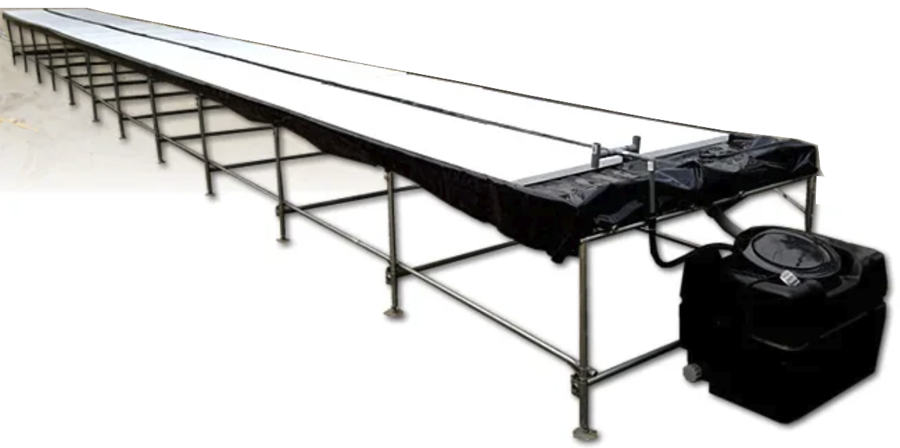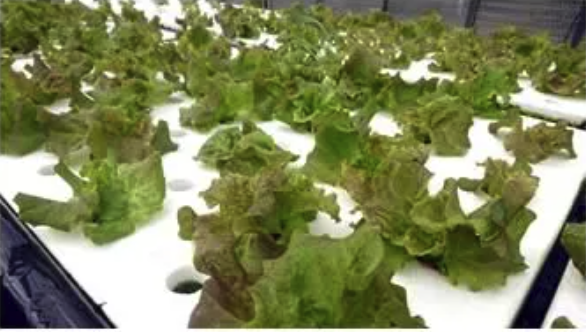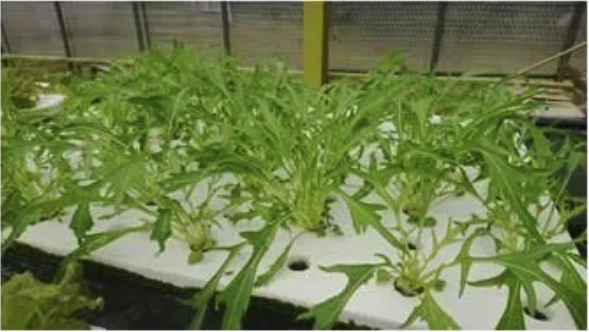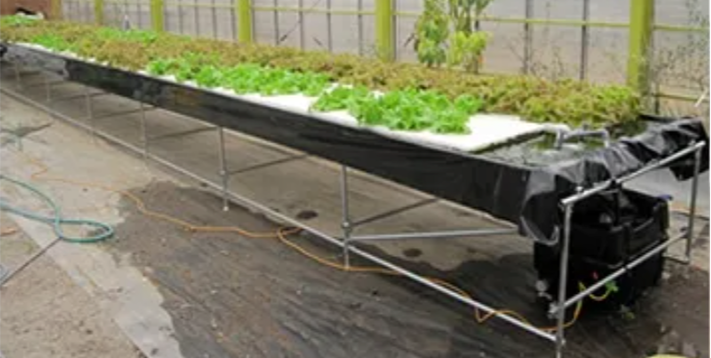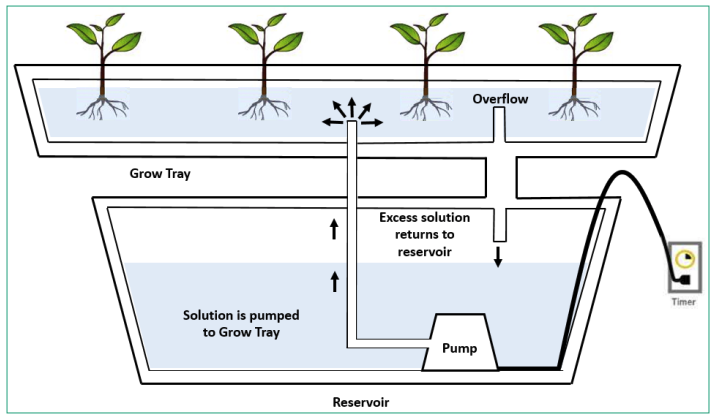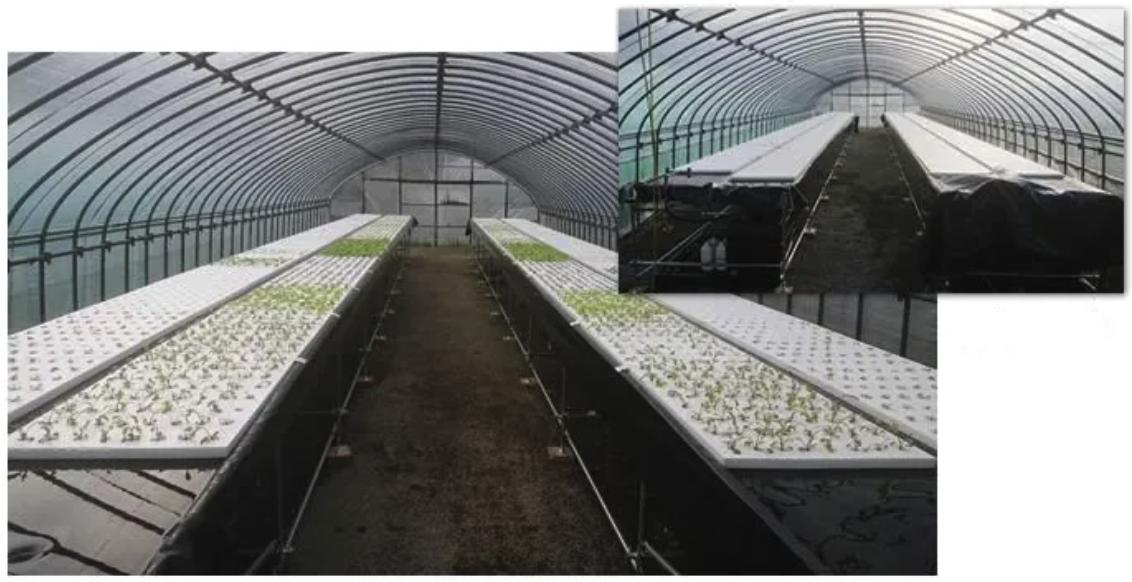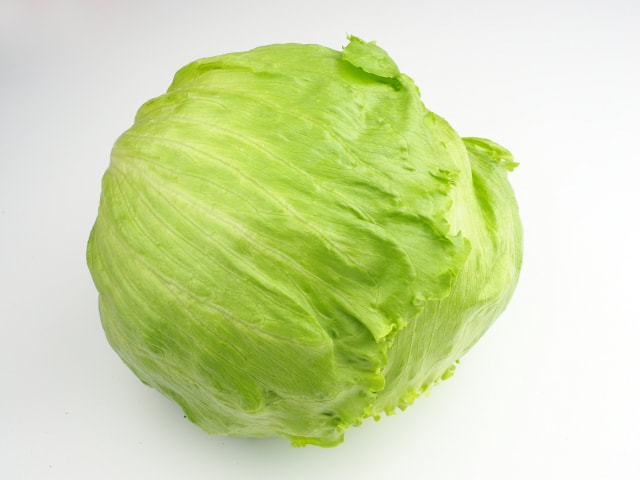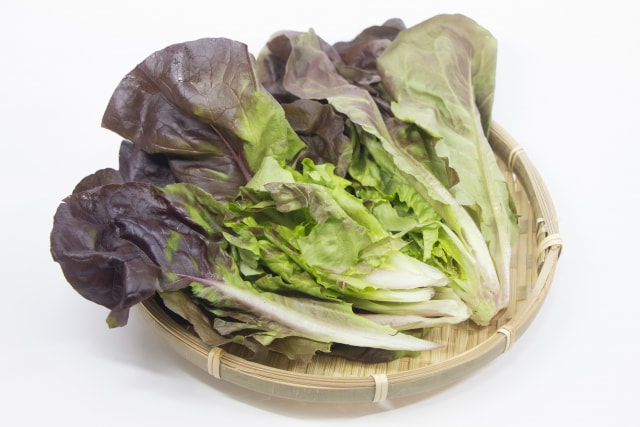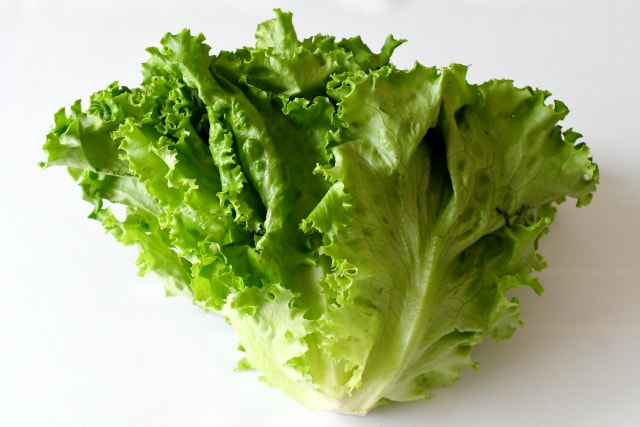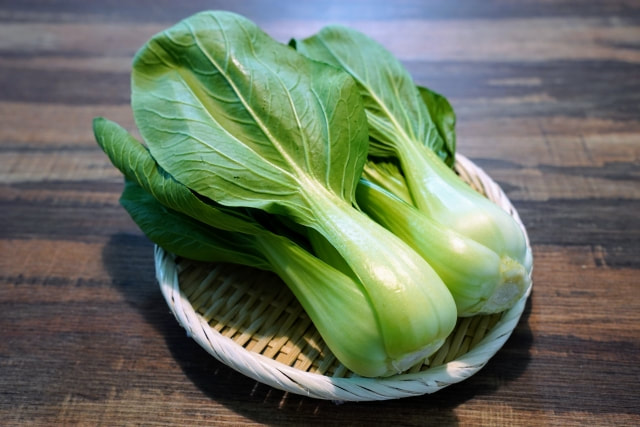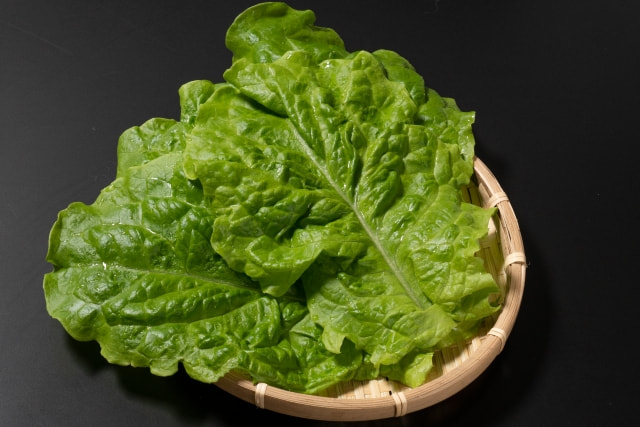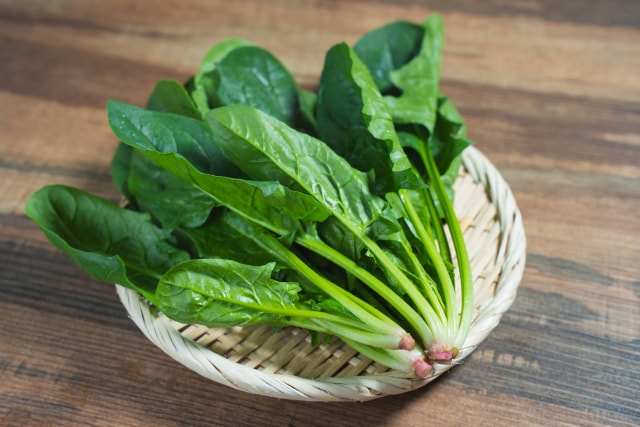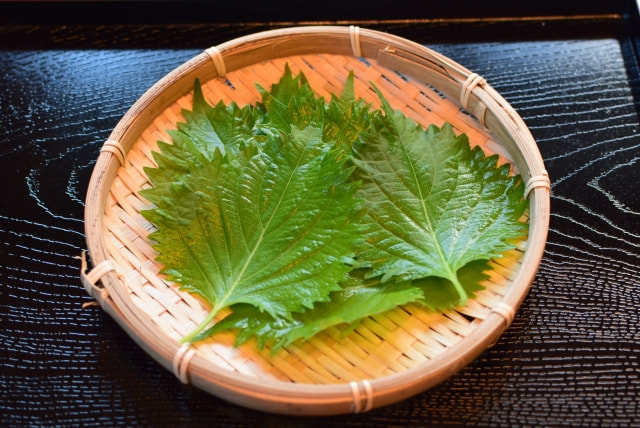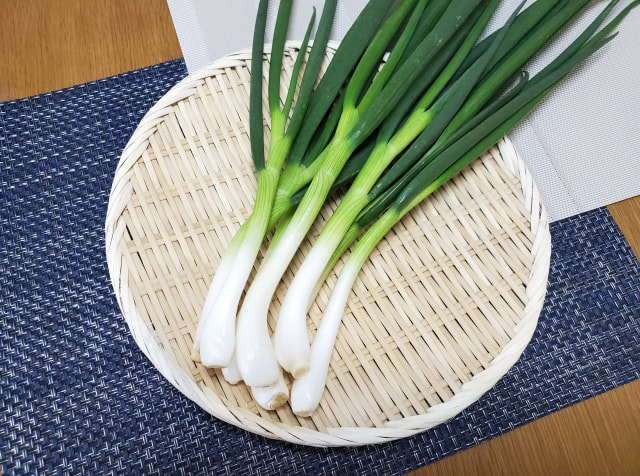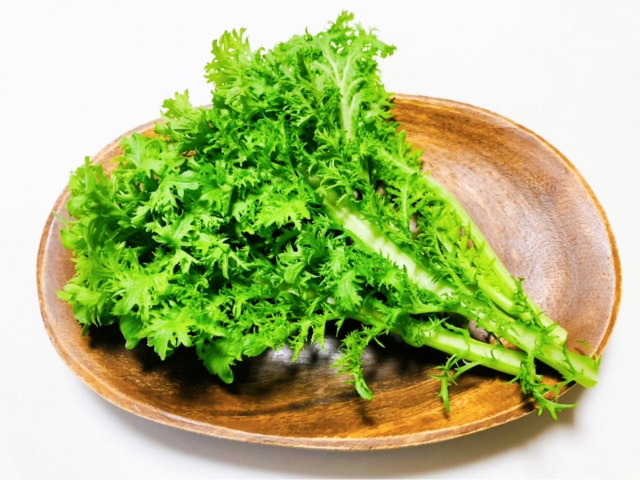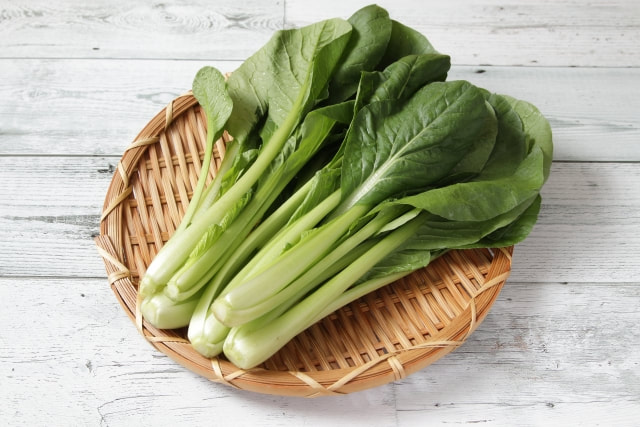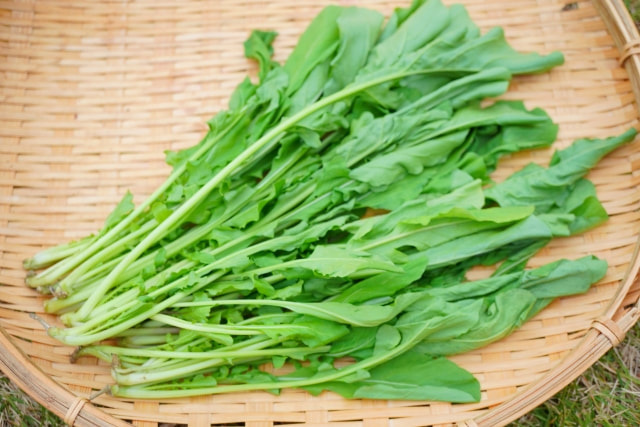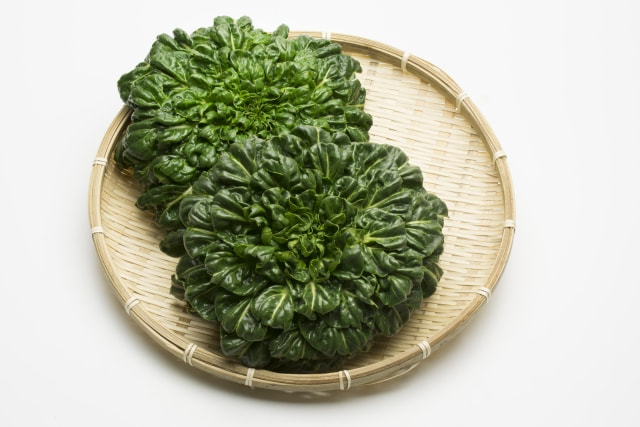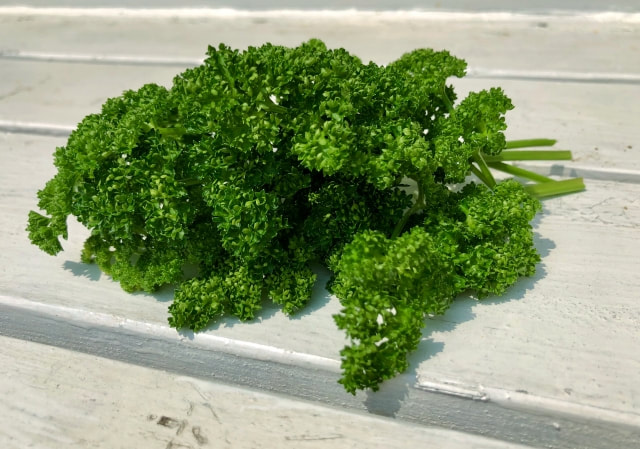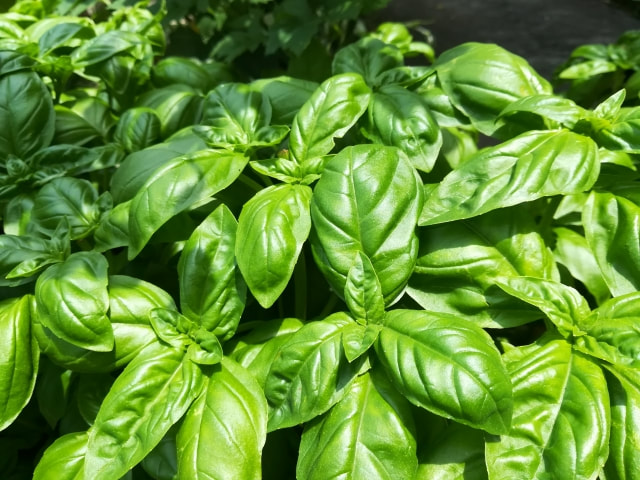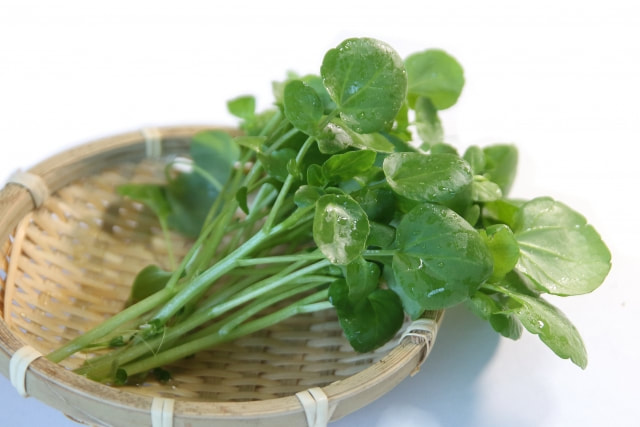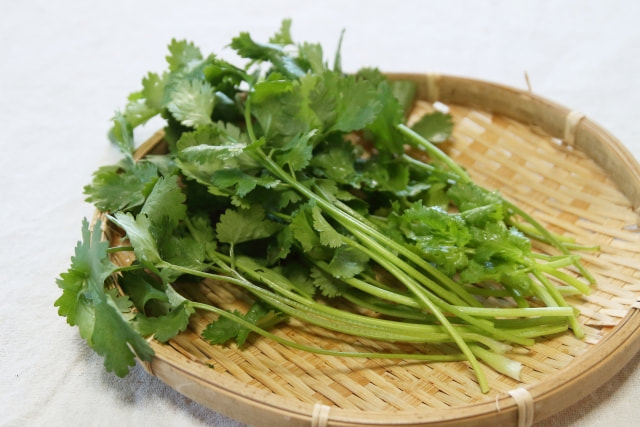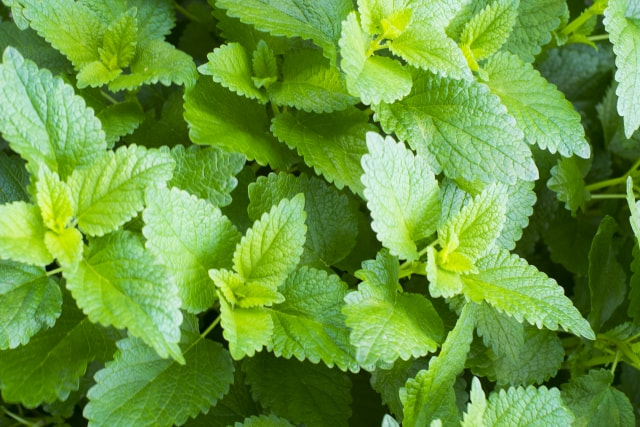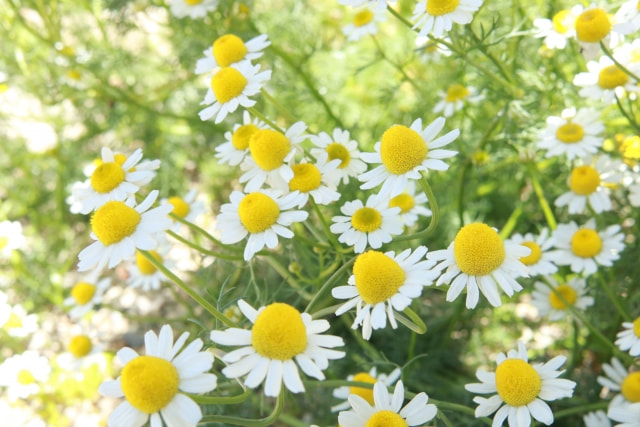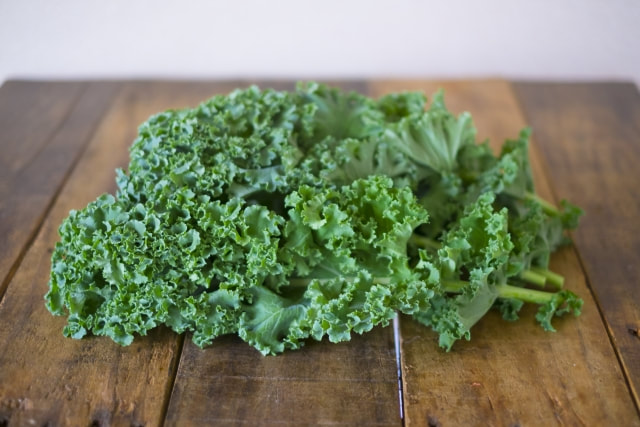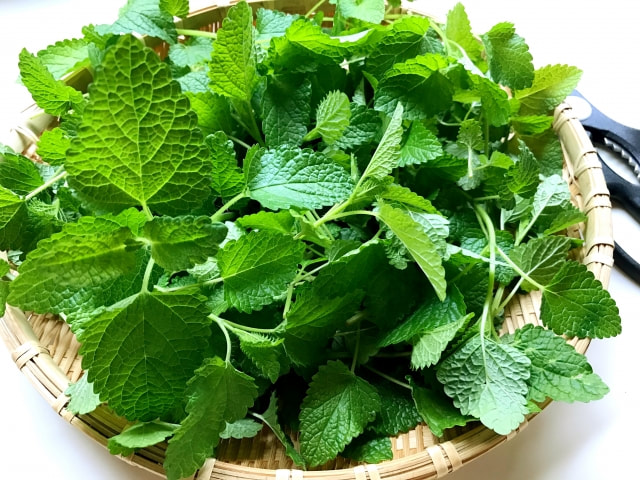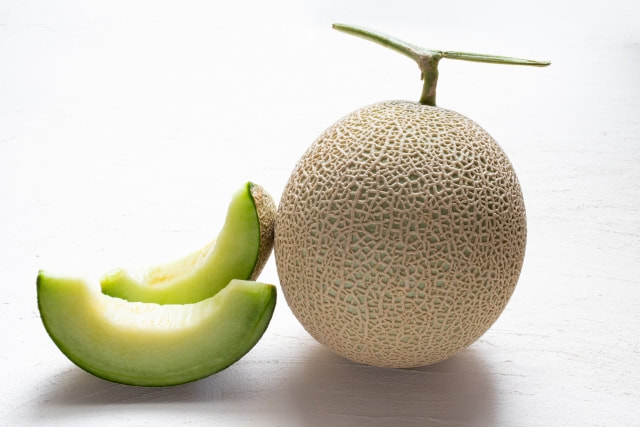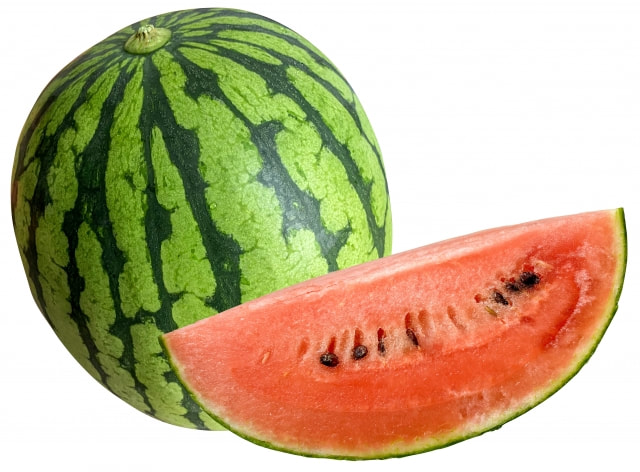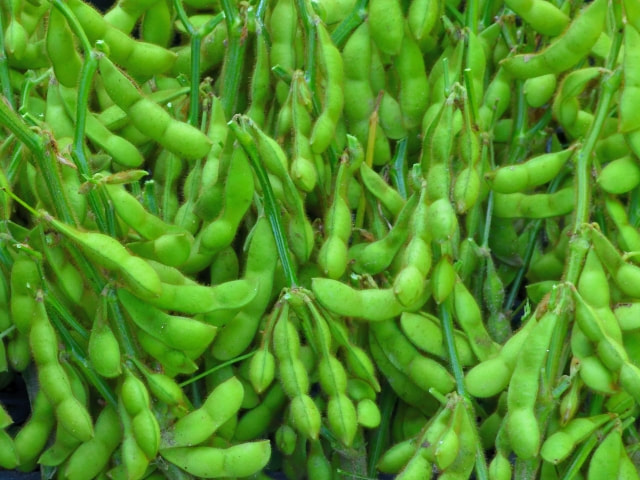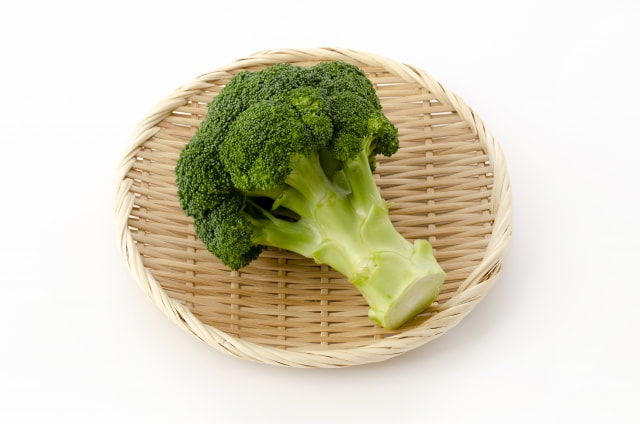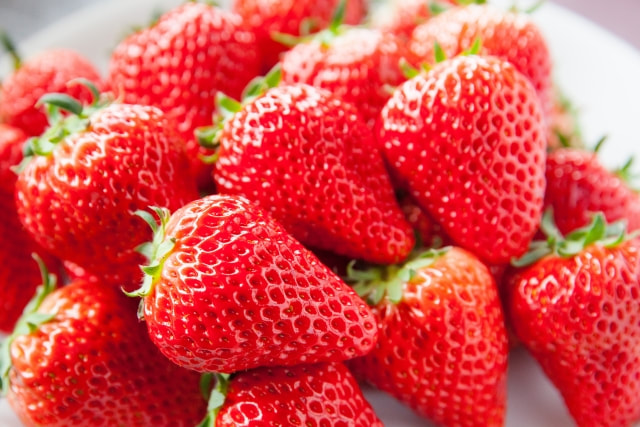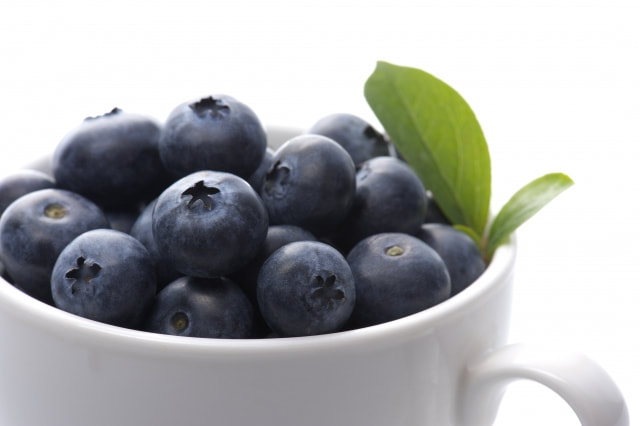What's Hydroponics?
Hydroponics, gaining global attention, is a sustainable cultivation method that involves immersing roots in water and liquid fertilizers without using soil. Photosynthesis is induced using sunlight or LED lights.
Not affected by abnormal weather conditions.
Discover the future of farming with our cutting-edge Japanese hydroponic systems. Elevate your cultivation practices with precision technology, sustainable solutions, and eco-friendly approaches. Explore the pinnacle of indoor hydroponic farming for superior yields and environmental consciousness.
Let's start hydroponic cultivation using the existing land.
With a maximum of 700 liters of nutrient circulation, it doesn't require a large amount of water like traditional soil cultivation.
Furthermore, there is no need for excessive pesticides. Of course, cultivation without pesticides is also possible.
With a maximum of 700 liters of nutrient circulation, it doesn't require a large amount of water like traditional soil cultivation.
Furthermore, there is no need for excessive pesticides. Of course, cultivation without pesticides is also possible.
Let's deliver safe and delicious vegetables to our customers.
Why Hydroponics?
According to the United Nations, the world's population is projected to reach 8.5 billion by 2030 and is expected to increase to 9.7 billion by 2050.The UN warns that global hunger is at record levels, continuing to rise.
In 2021, the number of people experiencing hunger reached a staggering 828 million, an increase of 46 million from the previous year. Since the onset of the COVID-19 pandemic, there has been an additional 150 million people facing food insecurity, as revealed in the "State of Food Security and Nutrition in the World 2022 (SOFI)" report.
In 2021, the number of people experiencing hunger reached a staggering 828 million, an increase of 46 million from the previous year. Since the onset of the COVID-19 pandemic, there has been an additional 150 million people facing food insecurity, as revealed in the "State of Food Security and Nutrition in the World 2022 (SOFI)" report.
Factors such as extreme weather, overcultivation, and soil erosion are gradually reducing the available land for agriculture. Modern agriculture imposes a high environmental burden, being a major source of greenhouse gas emissions and contributing to environmental destruction, including the loss of tropical rainforests, desertification, and the disappearance of lakes. With increasing food demand and a focus on reducing environmental impact from agriculture, sustainable farming practices are gaining attention.
Experts point out that in the future, plant factories are highly likely to replace conventional agriculture in ensuring food security for all.
Professor Dickson Despommier. Honorary Professor at Columbia University, stated in an interview with Japanese media, "I am confident that the solution to securing food for everyone lies in plant factories. In the future, many crops will be produced in plant factories.(4:13~)
Professor Dickson Despommier. Honorary Professor at Columbia University, stated in an interview with Japanese media, "I am confident that the solution to securing food for everyone lies in plant factories. In the future, many crops will be produced in plant factories.(4:13~)
Even in Extreme Weather, Food is Essential
In recent years, abnormal weather patterns, including severe heatwaves, have become more frequent worldwide, leading to significant shortages and soaring prices of vegetables.
In Japan, the summer of 2023 was hit by intense heat, drastically reducing the distribution of vegetables and causing a surge in prices.
Looking ahead, traditional outdoor cultivation of vegetables may become increasingly challenging due to unpredictable weather patterns. However, hydroponic cultivation offers a solution.
With just a small space and a minimal amount of water, hydroponic cultivation allows year-round indoor/outdoor growth of vegetables.It provides a consistent supply of pesticide-free, nutritionally rich produce at stable prices.
Businesses and individuals who have recognized this potential are now turning to hydroponic cultivation. To thrive beyond 2024, we encourage you to consider the adoption of our hydroponic cultivation kit.
In Japan, the summer of 2023 was hit by intense heat, drastically reducing the distribution of vegetables and causing a surge in prices.
Looking ahead, traditional outdoor cultivation of vegetables may become increasingly challenging due to unpredictable weather patterns. However, hydroponic cultivation offers a solution.
With just a small space and a minimal amount of water, hydroponic cultivation allows year-round indoor/outdoor growth of vegetables.It provides a consistent supply of pesticide-free, nutritionally rich produce at stable prices.
Businesses and individuals who have recognized this potential are now turning to hydroponic cultivation. To thrive beyond 2024, we encourage you to consider the adoption of our hydroponic cultivation kit.
With this system, hydroponic cultivation can now be initiated in your region as well.
Our hydroponic cultivation system can grow up to 1,920 crops per unit, and by having multiple units, it expands the range of activities, such as cultivating various vegetables and rotation support.
To use submersible pumps, a separate power source is required. Since the outlets and voltage are designed for Japan, you will need to adapt the plugs and voltage to match the specifications of your country.
To use submersible pumps, a separate power source is required. Since the outlets and voltage are designed for Japan, you will need to adapt the plugs and voltage to match the specifications of your country.
Details
Dimensions : w1340mm(52.7in) d14180mm(555.3in) h700mm(27.5in)
Plant population : One panel with 64 plants (holes) per 30 panels, capable of cultivating a maximum of 1,920 plants.
(Example for leaf lettuce: Approximately 500~1,000 plants / 1 month.)
Nutrient solution capacity : 100 liters
Cultivation space liquid capacity: 600 liters
Voltage : AC100V
Outlet type(socket) : A
Power consumption : Water pump:38.5w
Material: Plastic,Steel
Accessory: Liquid fertilizer 10 liters (diluted at a ratio of 1:200), sponge(for growing medium)
Manufacture::Japan
Price : FOB USD6,300 (per 1 unit) / FOB USD5,650 (per 1 unit for 10 or more unit)
Payment Terms : T/T, Bank transfer
※If you are looking to purchase 1 unit, you can do so on eBay.
This hydroponic cultivation system has a track record of supply to numerous entities, including over 20 universities in Japan such as the University of Tokyo, housing manufacturers, automotive manufacturers, food manufacturers, local governments, research facilities, plant manufacturers, agricultural machinery companies, and more.
Plant population : One panel with 64 plants (holes) per 30 panels, capable of cultivating a maximum of 1,920 plants.
(Example for leaf lettuce: Approximately 500~1,000 plants / 1 month.)
Nutrient solution capacity : 100 liters
Cultivation space liquid capacity: 600 liters
Voltage : AC100V
Outlet type(socket) : A
Power consumption : Water pump:38.5w
Material: Plastic,Steel
Accessory: Liquid fertilizer 10 liters (diluted at a ratio of 1:200), sponge(for growing medium)
Manufacture::Japan
Price : FOB USD6,300 (per 1 unit) / FOB USD5,650 (per 1 unit for 10 or more unit)
Payment Terms : T/T, Bank transfer
※If you are looking to purchase 1 unit, you can do so on eBay.
This hydroponic cultivation system has a track record of supply to numerous entities, including over 20 universities in Japan such as the University of Tokyo, housing manufacturers, automotive manufacturers, food manufacturers, local governments, research facilities, plant manufacturers, agricultural machinery companies, and more.
|
|
Hold on a moment!Are you looking for an
"Indoor" hydroponic system? We can offer you a solution. |
Check this! |
